
Strategic litigation training for the media: A facilitator’s manual
Editors often say the best way for a rookie reporter to learn about journalism is to do the actual reporting and learn the ropes along the way. Reporting from the courts, where journalists provide news coverage of interesting cases ranging from murder to defamation to celebrity divorces, is seen as good training ground on how to practise good journalism. News reports of court cases can be the platform to put into practice the principles of good journalism—accuracy, fair reporting, diversity of sources, and clear and concise writing. Reporters can convey the details of the case in a news article, which employs the conventional inverted pyramid fashion— the judgment or the most interesting testimony revealed for the day in the introductory sentence, followed by details of the testimony or the case. Important points are placed at the top half and less important ones at the bottom half to make it easier for copy-clearers and sub-editors to cut the last sentences to fit it in the allocated space.
With the advent of online portals, the length of a story is no longer a key issue. However, whether published in print or online, the straightforward writing style in which court stories are delivered remains. While this no-nonsense format works well for murder cases or run-of-the-mill criminal breach of trust situations, the emerging importance of human rights in Malaysian society and the use of the courts to challenge laws or policies that violate constitutional protections or human rights necessitate a different kind of court reporting.
Lawyers and activists use critical court cases to provoke discussion within society and to raise awareness on human rights issues. Over and above the trial, these cases become entry points to promote the human rights discourse and spark discussions about public attitudes on fundamental liberties.
For the media to play its role in informing the public on the importance of the case and its relevance to the average person, journalists who report on these trials need a good understanding of court procedures. This will enable them to expand the ways with which a typical court story could be written. Journalists can pitch new ideas to their editors—to do a follow-up story or write a feature piece on the implications of the case on the public.
Equally important is the protection for journalists and the media organisations they work for. In providing coverage on issues, which could be seen as contentious, journalists must have the necessary knowledge in relation to libel in Malaysia and on how media practitioners can defend and protect themselves from lawsuits. In addition, in an environment in which media laws are restrictive—especially for print and broadcast media—and journalists are being investigated for providing coverage on issues deemed seditious by the state, knowing how to deal with authorities and what protection is available for them under the law is always useful. This part of the module is perhaps the one least likely to be covered by existing trainings for journalists.
Big news organisations in Malaysia have the resources to run trainings on libel and protection for journalists at all levels— from those who report the news to those who clear the articles and come up with the headlines and captions for the pictures before it is published. However, online portals—often small set-ups with a tiny pool of journalists and limited resources but nevertheless are an important part of Malaysia’s media landscape—may not be able to part with their resources to train journalists on these issues. In that respect, making this manual available for anyone’s use will benefit small media start-ups the most.
The manual is not exhaustive, but it does provide the basic building blocks of a good training on three key areas: libel, court process and procedures, and the safety and protection concerns of journalists. We urge civil society actors and journalist groups to use the material freely.
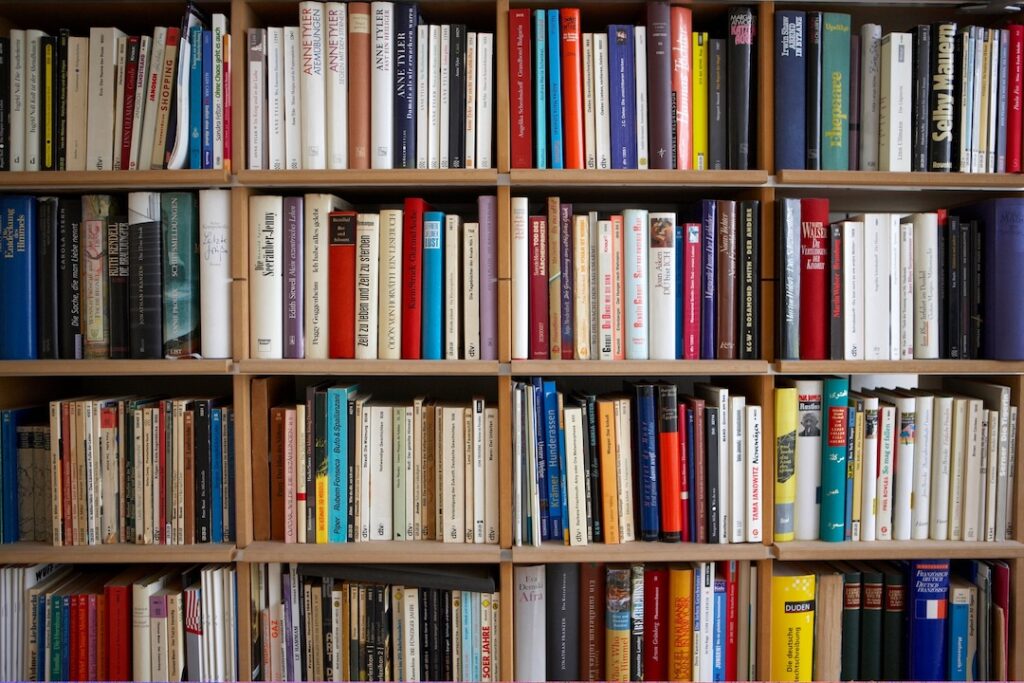
Human rights library
Curated by the MCCHR team, this special library houses books, reports, and other monographs related to human rights and democracy in Malaysia. Our collections cover an extensive range of humanities and social science topics, including law, history, philosophy, politics, economics, and more.
Registered users can borrow from over 1,300 titles in the general collection or access law reports and other resources in the legal reference collection on-site. Students and researchers can access e-books, journal articles, and other electronic resources on human rights via the digital archive.
For assistance, email [email protected].

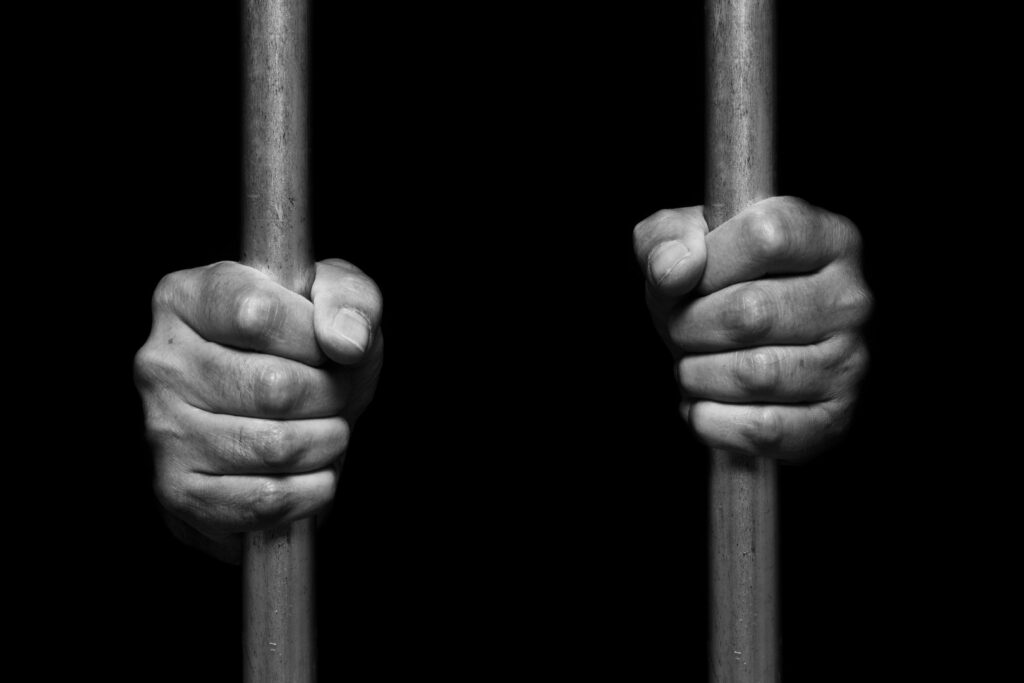
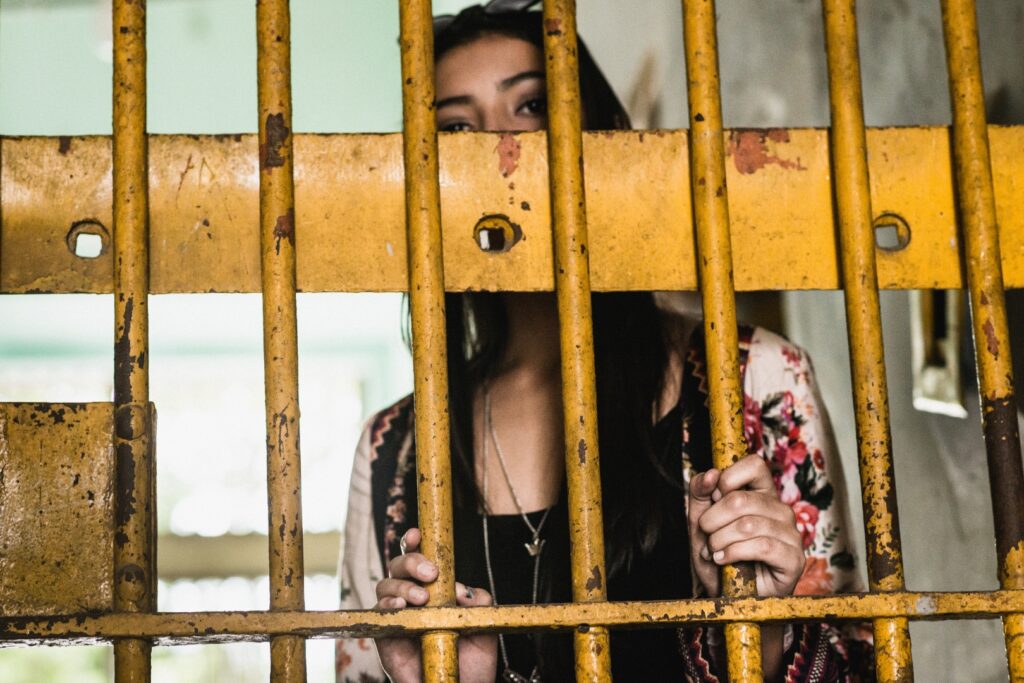

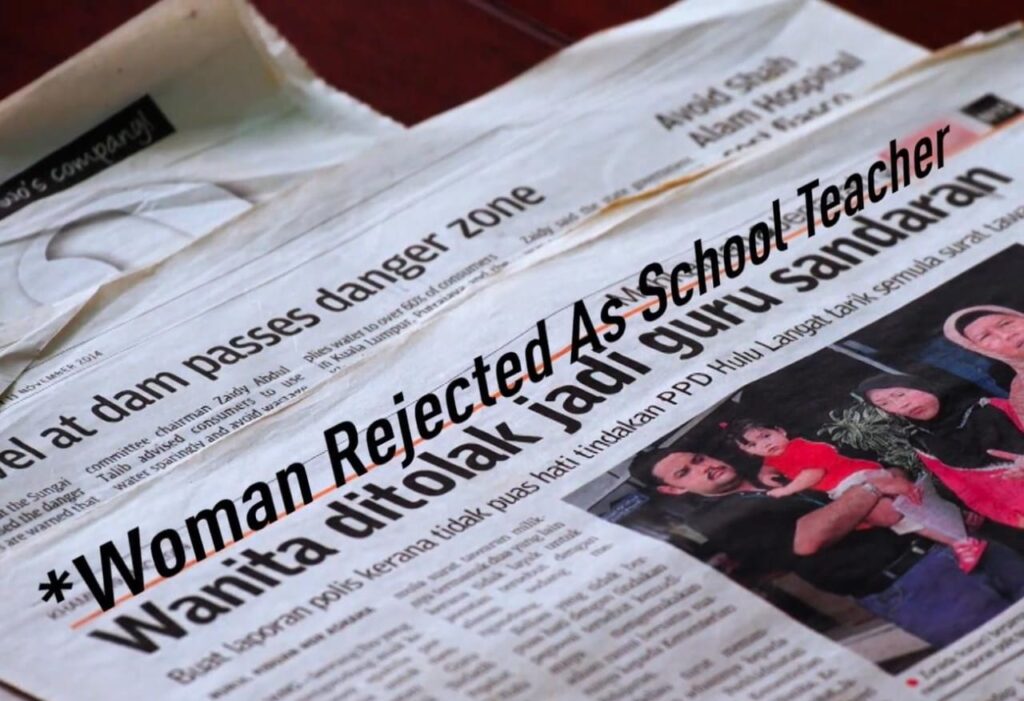
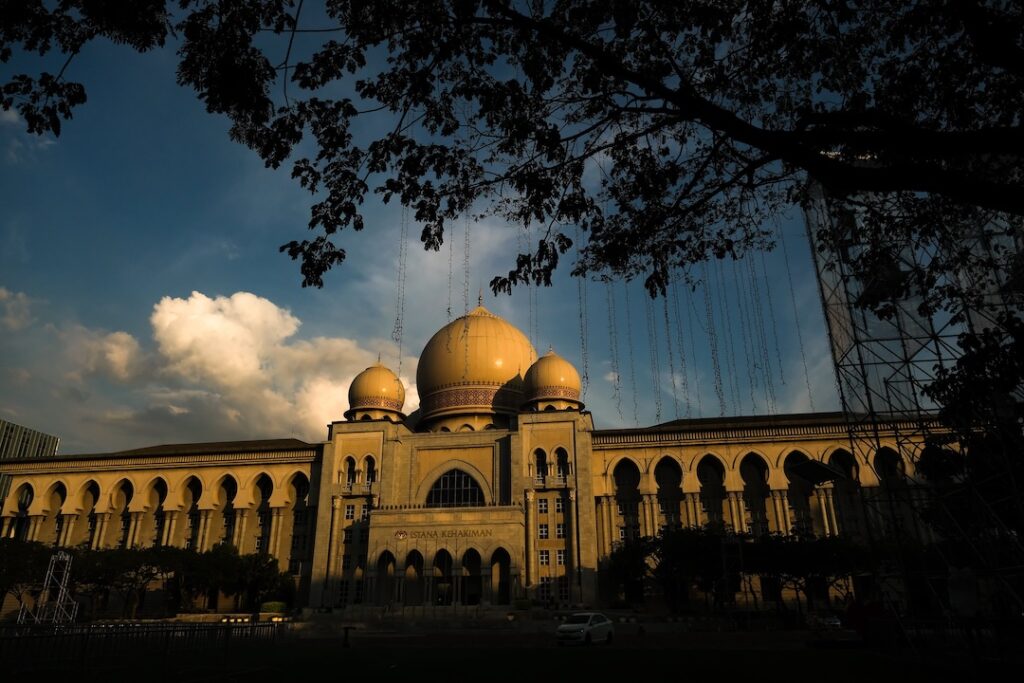
Bulletin
Subscribe to our email newsletter to receive the latest news and updates from the MCCHR team directly in your inbox.
for Constitutionalism
and Human Rights